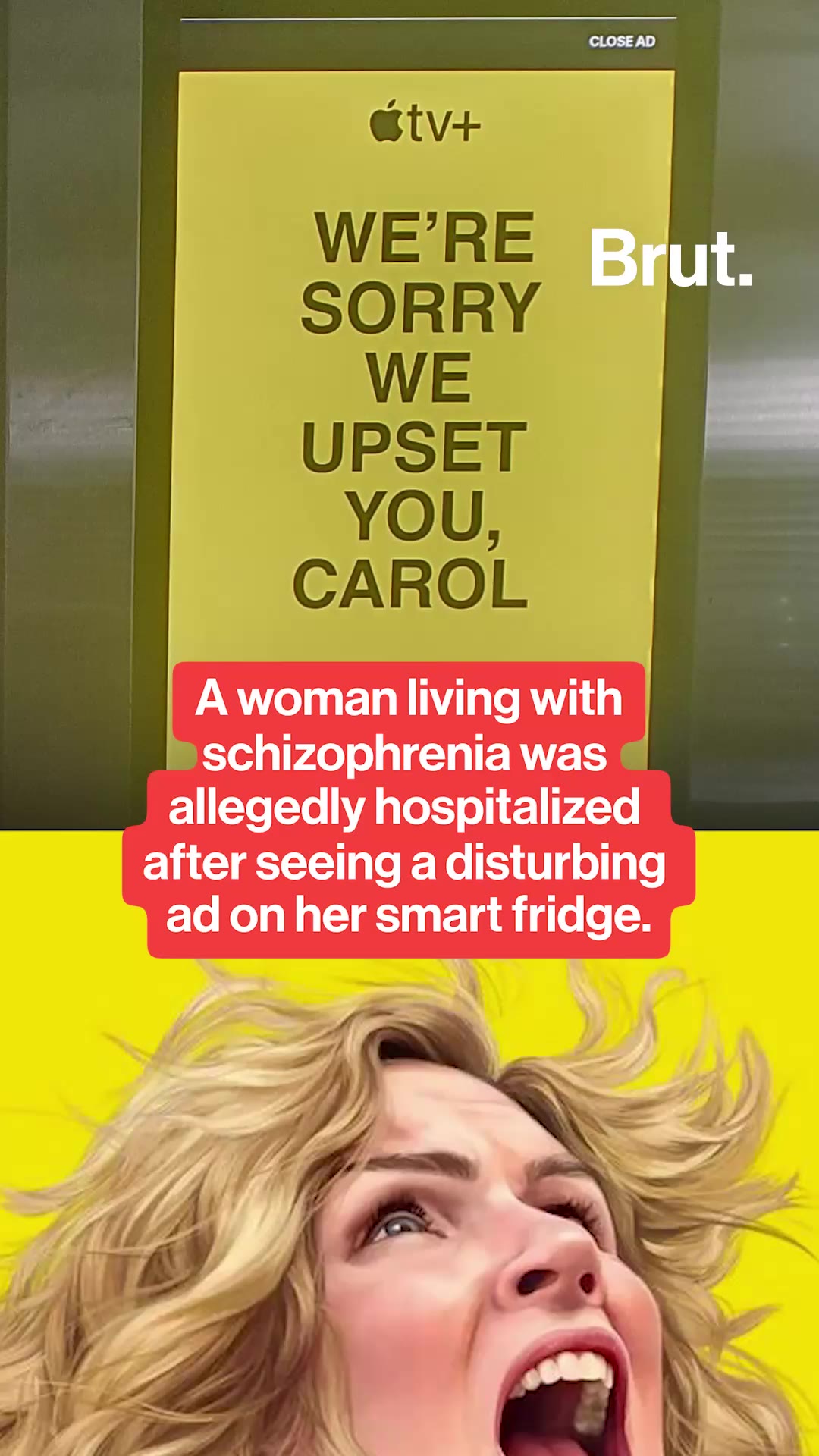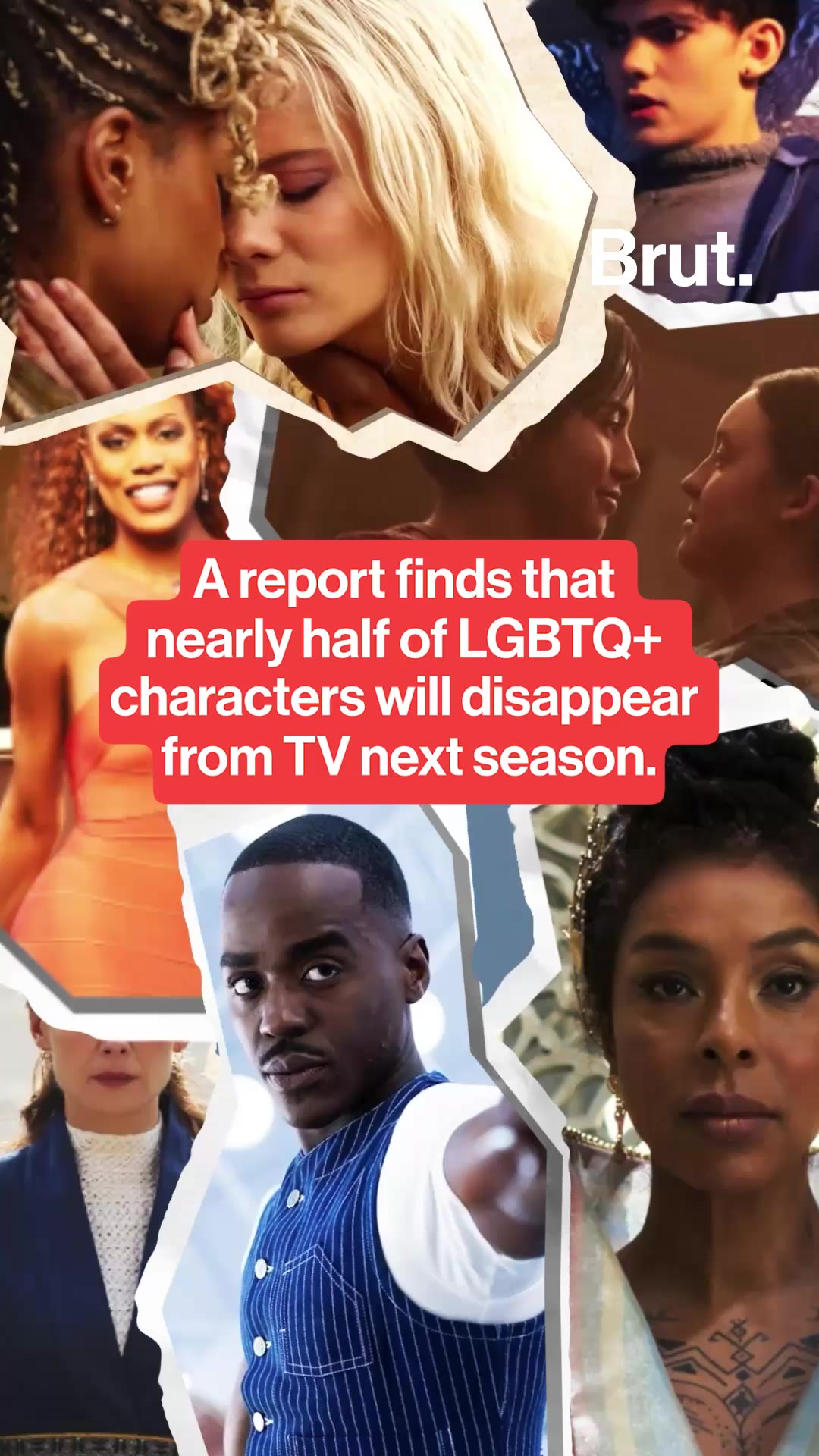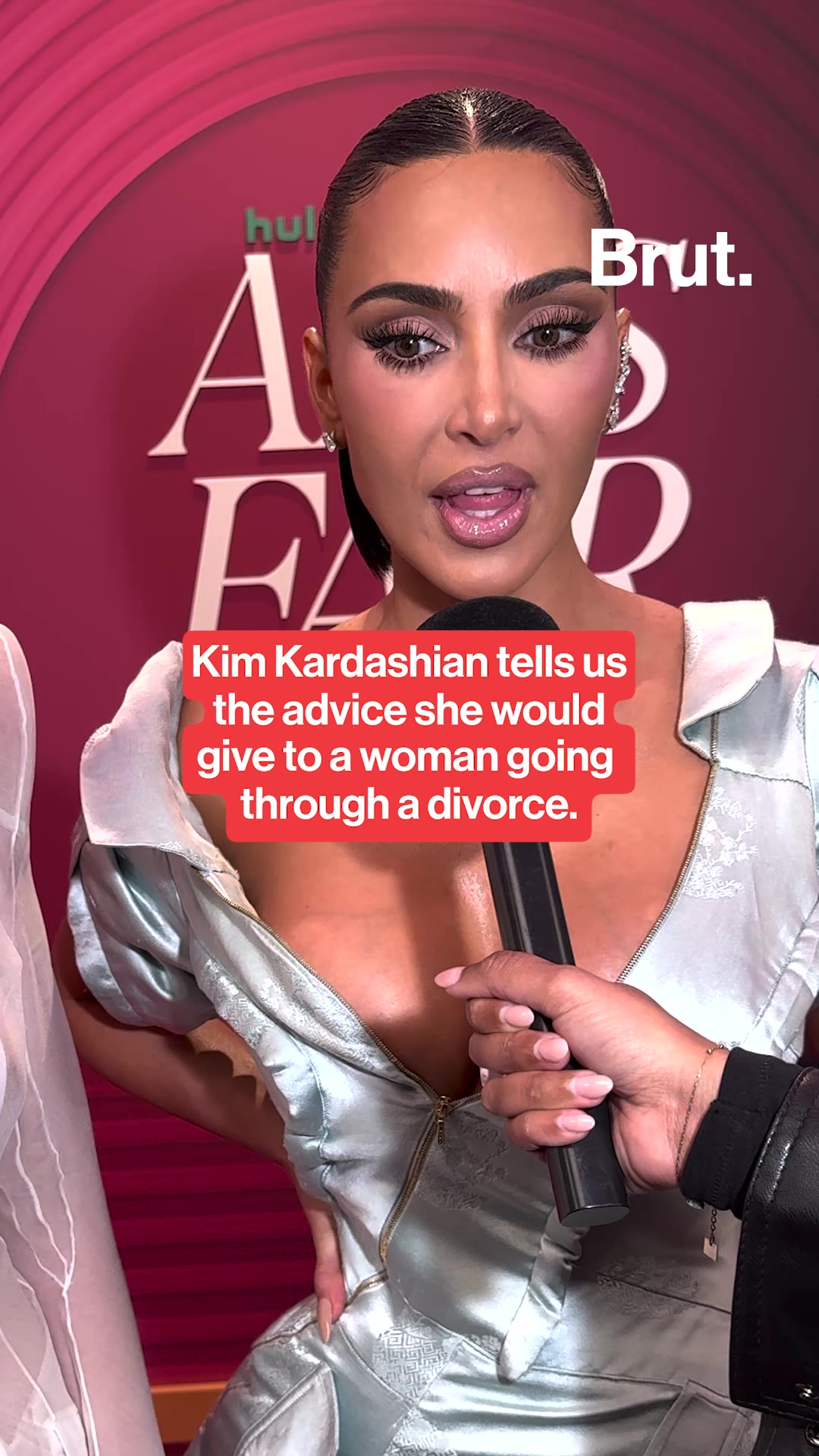TV Characters Can't Stop Smoking
Too many cigarettes on TV?
Is there too much smoking seen on television? That’s the conclusion of a study published by a U.S. anti-tobacco watchdog group. And the series that comes up first in the study? Netflix's smash hit Stranger Things. Absolutely every episode in the first 2 seasons includes at least one scene in which a character is smoking tracked by Truth Initiative. Overall, there are 262 scenes showing a cigarette in Stranger Things season 2 Variety reported. The findings raise questions about the responsibility of streaming content providers to heed lessons learned from the motion picture industry, which has responded to the Surgeon General’s conclusion that exposure to smoking on screens causes young people to
smoke.
After this study was published, Netflix announced that cigarettes would disappear from all its series rated TV-14 or below “except for reasons of historical or factual accuracy.” In the U.S., cigarette ads on television and the radio have been banned since 1970. In 2018, the number of American movies with scenes showing cigarettes increased by 38%. According to the Truth Initiative, T.V. series are “the new tobacco ads.” Prohibiting children under 17 from seeing movies in which the characters smoke could reduce the number of young smokers by 18%. Tobacco use in streaming series such as “Stranger Things,” “House of Cards” and “Orange Is the New Black” is pervasive, rising and more prominent than it is in broadcast content, according to new research from Truth Initiative.
People with more exposure to tobacco in movies are twice as likely to begin smoking compared with those with less exposure, according to the Surgeon General. In fact, 37 percent of new youth smoking initiation in the U.S. can be attributed to exposure to smoking in movies, according to a meta-analysis of peer-reviewed studies assessing the impact of exposure to tobacco in movies on youth smoking behavior. We’re seeing a pervasive reemergence of smoking imagery across screens that is glamorizing and re-normalizing a deadly addiction.
Brut.
TV Characters Can't Stop Smoking
Too many cigarettes on TV?
Is there too much smoking seen on television? That’s the conclusion of a study published by a U.S. anti-tobacco watchdog group. And the series that comes up first in the study? Netflix's smash hit Stranger Things. Absolutely every episode in the first 2 seasons includes at least one scene in which a character is smoking tracked by Truth Initiative. Overall, there are 262 scenes showing a cigarette in Stranger Things season 2 Variety reported. The findings raise questions about the responsibility of streaming content providers to heed lessons learned from the motion picture industry, which has responded to the Surgeon General’s conclusion that exposure to smoking on screens causes young people to
smoke.
After this study was published, Netflix announced that cigarettes would disappear from all its series rated TV-14 or below “except for reasons of historical or factual accuracy.” In the U.S., cigarette ads on television and the radio have been banned since 1970. In 2018, the number of American movies with scenes showing cigarettes increased by 38%. According to the Truth Initiative, T.V. series are “the new tobacco ads.” Prohibiting children under 17 from seeing movies in which the characters smoke could reduce the number of young smokers by 18%. Tobacco use in streaming series such as “Stranger Things,” “House of Cards” and “Orange Is the New Black” is pervasive, rising and more prominent than it is in broadcast content, according to new research from Truth Initiative.
People with more exposure to tobacco in movies are twice as likely to begin smoking compared with those with less exposure, according to the Surgeon General. In fact, 37 percent of new youth smoking initiation in the U.S. can be attributed to exposure to smoking in movies, according to a meta-analysis of peer-reviewed studies assessing the impact of exposure to tobacco in movies on youth smoking behavior. We’re seeing a pervasive reemergence of smoking imagery across screens that is glamorizing and re-normalizing a deadly addiction.
Brut.













